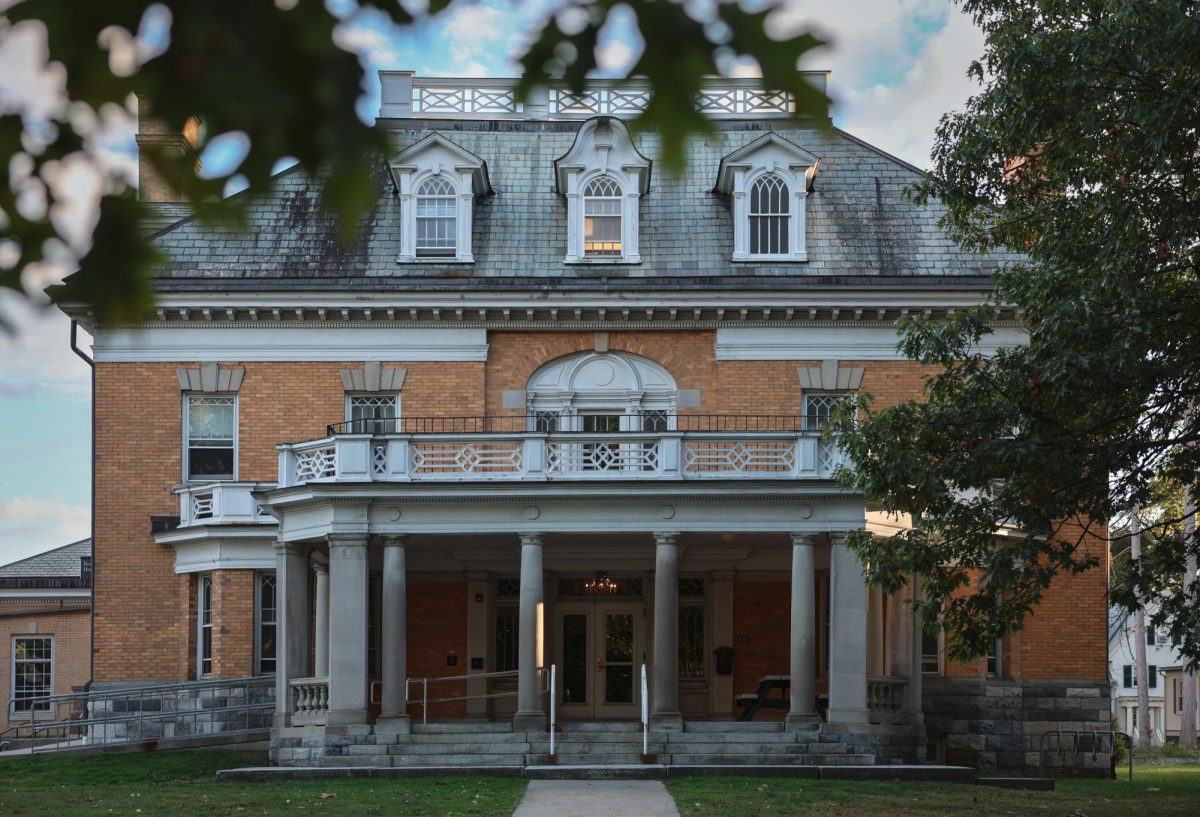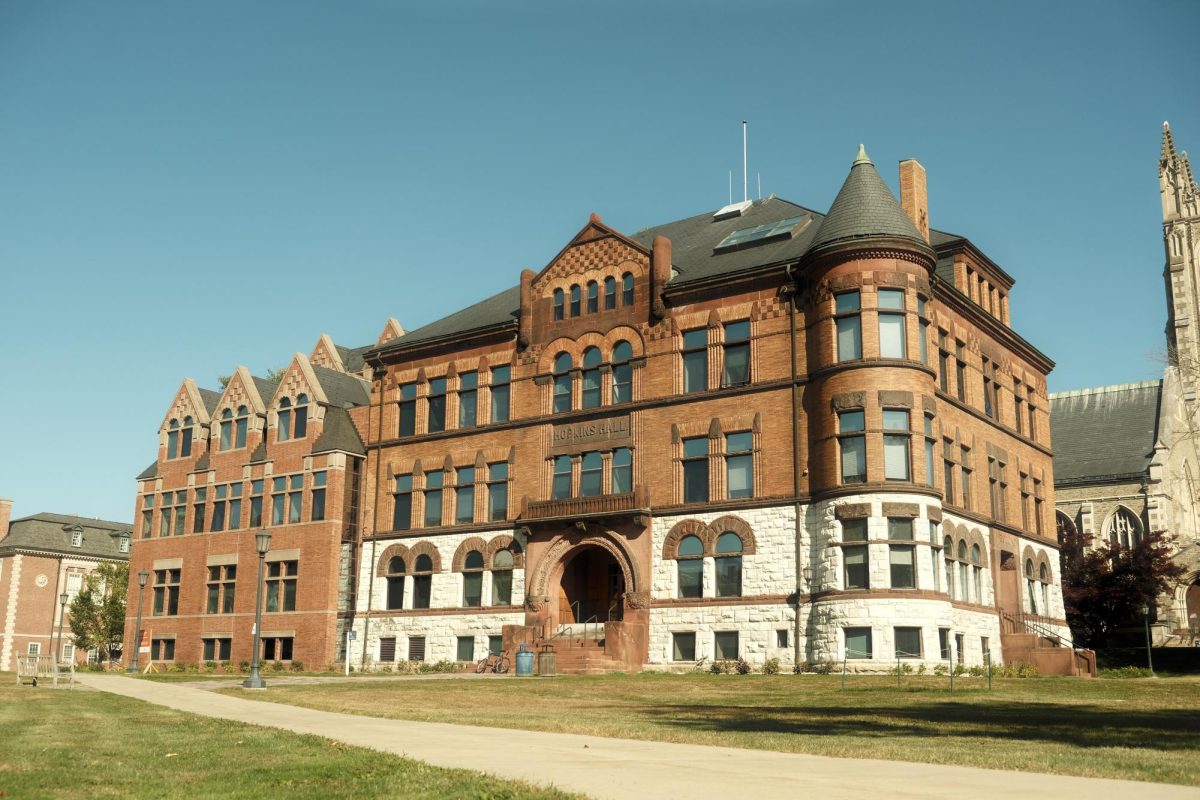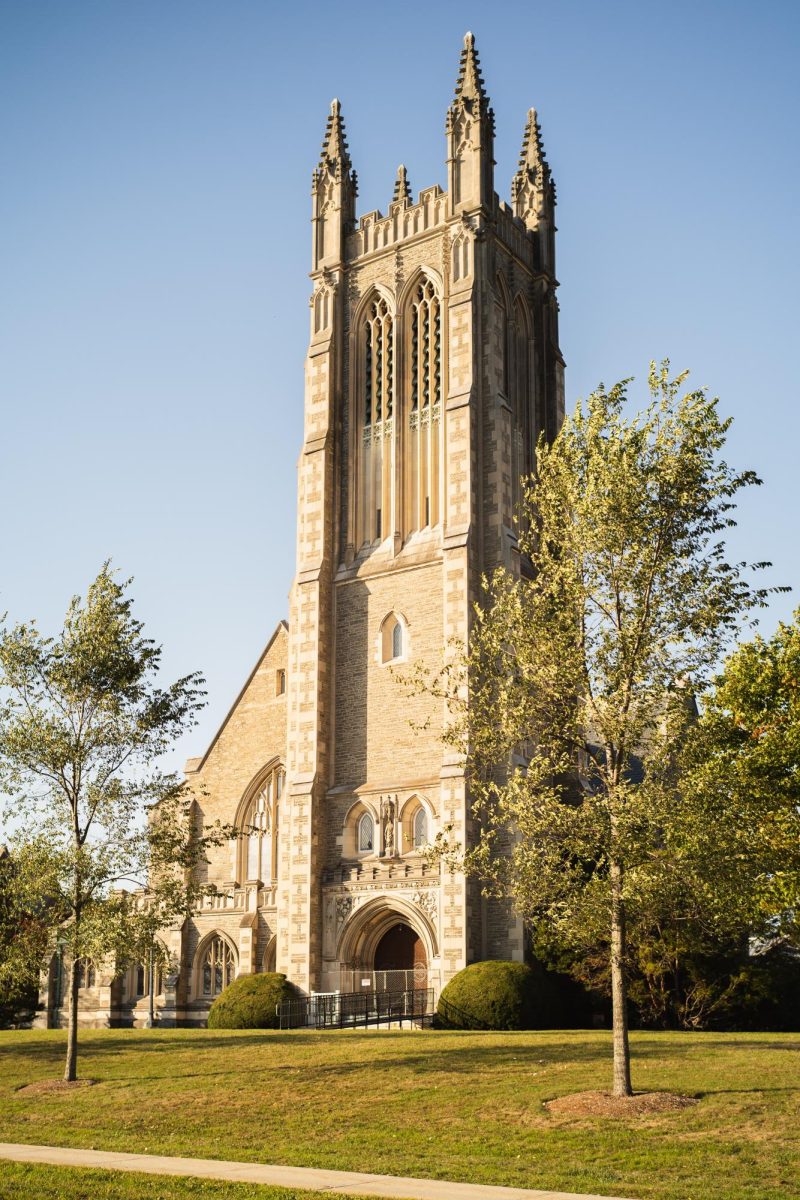Soraya Membreno ’12 gave a talk last Thursday on her experience as a first-generation immigrant of color at the College titled “These are the things that no one tells you: On navigating primarily white institutions (PWIs) & what comes after.”
Approximately 10 people came to the talk, allowing Membreno to give a more casual presentation that encouraged participants to enter into open dialogue.
She began with the story of her graduation. “It was a day that I realized that as much as I thought I had figured it out, I really hadn’t,” Membreno said. Her family is from Nicaragua, and her mother was unable to make it to the ceremony. She recounted that her father made the trip by himself, coming to the College for the very first time.
“That day, constantly whisked away to stand in another land or yet another procession or ceremony, I mostly saw my father from a distance,” Membreno said. “I had never had a chance to see myself, my family, the way others might.” In that moment, Membreno remembered feeling that she stood out, and that her experience in this institution had separated her from her family.
Membreno, who grew up in Miami, told the group about her adjustment to the climate of Williamstown. Unprepared for snow, Membreno only brought hoodies and Converse shoes to college and recalled having to run back to her dorm after every class the first day it snowed because she was soaking wet. “Having grown up first-gen, the rest of the learning curve was not as endearing,” she said. Membreno then went on to list several things she wished someone had told her before entering a primarily white institution.
“Number one. The scarcity model is a myth. Exclusivity is the cornerstone of every PWI,” Membreno said. She emphasized that diversity at the College is fairly new, given that the first black student was not admitted until 100 years after its founding, and women were not admitted until the 1970’s.
According to Membreno, when institutions with low acceptance rates only accept a few students of color from low-income backgrounds, it implies that those students are unlike the communities they came from. “Our existence is framed in proximity to whiteness and how acceptable we can make ourselves,” Membreno said. The exclusivity of an institution creates an implication that only certain students of color are capable enough to be there, she said. “Instead of looking at a three percent rate of admission for students of color as an admissions committee failure, it implies that only three percent of students of color are smart enough or prepared enough to get in,” she continued.
She recounted the story of her first party at the College. Her junior advisor introduced her to another freshman as “our Latina,” prompting Membreno to realize that each entry had about one Latina student, one black student and one Muslim student each. “It was by design, and it followed a pattern,” Membreno said. “The comment wasn’t so much that there was a Latina student in the entry — it was that I really was the Latina student in this entry, and every other entry had one of their own.”
For her, the experience signified both exceptionalism and isolation. Membreno never joined groups like VISTA or the Minority Coalition (MinCo) during her time here and expressed feeling like someone else was trying to tell her who she was. She felt that the College didn’t understand that Latin American cultures were not a monolith.
She urged attendees to “go where you are wanted.” Membreno came in as an astrophysics major but decided to switch to English her junior year. “The choice came down to support and going where I didn’t feel like I was pulling teeth just to exist there,” Membreno said. She recalled that an English professor once pulled her aside and told her that one of her ideas could be a thesis, a moment of support which helped her make her decision.
She urged students to use the resources available to them.Membreno reminded the audience that students have to be willing to advocate for themselves to access them. “Sometimes it’s through grants or established programs, and sometimes it’s not through any official channels at all, so you have to ask,” Membreno said.
Membreno also reminded first-generation and low-income students that they shouldn’t feel the need to express gratitude. “This is an institution. It’s just a bunch of buildings,” Membreno said. “You don’t owe it anything.”
The final portion of the talk was a group discussion in which several students informed Membreno of the activist movements that had occurred since her graduation. Students expressed frustration that activism was slow-moving and often struggled to get sufficient attention from the administration. They described feeling like achievements in groups like VISTA and MinCo were small in comparison to their overarching goals, citing administrative blocks and lack of transparency.
Membreno acknowledged that certain structural blockades to student activism have not changed since her time at the College. Still, she said that student activism now seems much more cohesive to her than it was during her time here.
“Small stuff does matter,” she said. “That little stuff adds up. Activism is a tradition, and being active in it, even if your time here is fleeting, is important,” Membreno said. “Setting a precedent for that being the kind of student body that Williams is, matters for what is going to happen after.”








